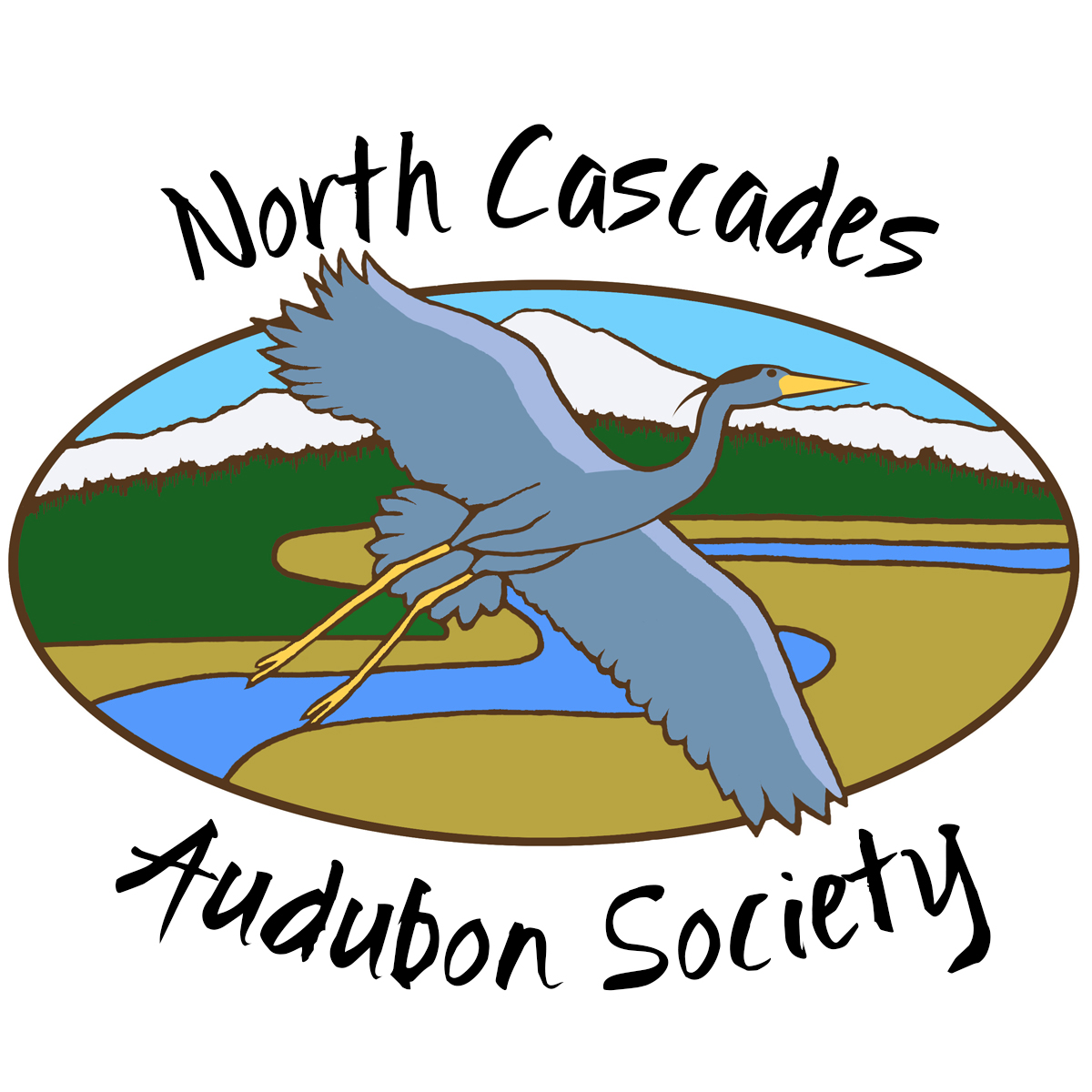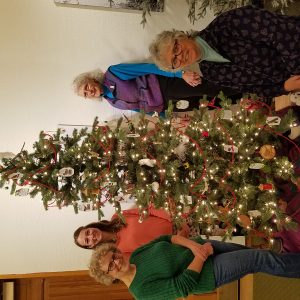| |
WLT Bird Survey-Summary of Observations by Property 2015 and 2016 |
| |
|
|
|
|
| |
# of Species Observed |
|
| Property |
2015 |
2016 |
Most Prevalent Species Seen |
Unusual Species or Species of Concern |
| Bottiger's Pond WLT |
34 |
43 |
Willow Flycatcher, Pacific-Slope Flycatcher, Tree Swallow, American Robin, Common Yellowthroat, Red-Winged blackbird |
Vaux's Swift, Red-Breasted Sapsucker, Willow Flycatcher, Pacific Wren, Varied thrush, MacG+E16illivray's Warbler, Black-Throated Gray Warbler, Evening Grosbeak |
| California Creek WLT |
39 |
50 |
Wood Duck, Olive-Sided Flycatcher, Willow Flycatcher, American Crow, Swainson's Thrush, American Robin, Cedar Waxwing, Orange-Crowned Warbler, Common Yellowthroat, Yellow Warbler, Song Sparrow |
Black Swift, Rufous Hummingbird, Pileated Woodpecker, Olive-Sided Flycatcher, Western Wood-Pewee, Willow Flycatcher, Pacific-Slope Flycatcher, Red-Eyed Vireo |
| Catalyst WLT |
52 |
55 |
Turkey Vulture, Willow Flycatcher, Red-Eyed Vireo, Northern rough-Winged Swallow, Barn Swallow, Swainson's Thrush, American Robin, Common Yellowthroat, Wilson's Warbler, White-Crowned Sparrow, Savannah Sparrow, Song Sparrow, Black-Headed Grosbeak, Red-Winged Blackbird, American Goldfinch |
Turkey Vulture, Rufous Hummingbird, Red-Breasted Sapsucker, American Kestrel, Willow Flycatcher, Red-Eyed Vireo, Savannah Sparrow, Evening Grosbeak, Lazuli Bunting |
| Edfro Creek Preserve WLT |
28 |
24 |
Common Merganser, Red-Breasted Sapsucker, Pacific-Slope Flycatcher, Warbling Vireo, Pacific Wren, Swainson's Thrush, Wilson's Warbler, Spotted Towhee |
Red-Breasted Sapsucker, Pacific-Slope Flycatcher, Pacific Wren, Black-Throated Gray Warbler |
| Fenton Tract WLT |
47 |
44 |
Wood Duck, Hooded merganser, Black-Capped Chickadee, Chestnut-Backed Chickadee, Pacific Wren, Swainson's Thrush, American Robin, Cedar Waxwing |
Hooded Merganser, Red-Breasted Sapsucker, Pileated Woodpecker, Olive-Sided Flycatcher, Willow Flycatcher, Pacific-Slope Flycatcher, Pacific Wren, Black-Throated Gray Warbler |
| Kelsey WLT |
|
39 |
Western Wood Pewee, Black-Capped Chickadee, Swainson's Thrush, Cedar Waxwing, Yellow Warbler, Black-Headed Grosbeak |
Rufous Hummingbird, Willow Flycatcher, Red-Eyed Vireo, Pacific Wren, Yellow Warbler, Savannah Sparrow |
| Ladies of the Lake WLT |
49 |
72 |
Band-Tailed Pigeon, Mourning Dove, Rufous Hummingbird, Red-Breasted Sapsucker, Hairy Woodpecker, Willow Flycatcher, Pacific-Slope Flycatcher, Steller's Jay, Violet-Green Swallow, Black-Capped Chickadee, Pacific Wren, Swainson's Thrush, American Robin, Cedar Waxwing, Orange-Crowned Warbler, Yellow Warbler, White-Crowned Sparrow, Golden-Crowned Sparrow, Song Sparrow, Western Tanager |
Ruffed grouse, Band-Tailed Pigeon, Vaux's Swift, Rufous Hummingbird, Red-Breasted Sapsucker, Pileated Woodpecker, Willow Flycatcher, Pacific-Slope Flycatcher, Pacific Wren, American Dipper, Orange-Crowned Warbler, Yellow Warbler, Macgillivray's Warbler, Yellow-Breasted Chat, Evening Grosbeak |
| Maple Creek Reach WLT |
46 |
42 |
Canada Goose, Red-Breasted Sapsucker, Willow Flycatcher, American Crow, Northern rough-Winged Swallow, Barn Swallow, Swainson's Thrush, American Robin, Common Yellowthroat, Red-Winged Blackbird |
Ruffed Grouse, Turkey Vulture, Rufous Hummingbird, Red-Breasted Sapsucker, Willow Flycatcher, American Dipper, |
| North Fork Eagle WLT |
34 |
36 |
Pacific-Slope Flycatcher, Black-Capped Chickadee, Swainson's Thrush, American Robin, Wilson's Warbler, Black-Headed Grosbeak |
Ruffed Grouse, Pacific-Slope Flycatcher, Macgillivray's Warbler, Evening Grosbeak |
| Lily Point Marine Park |
39 |
51 |
Harlequin Duck, Surf Scoter, Common Loon, Bald Eagle, Glaucous-Winged Gull, Pacific-Slope Flycatcher, American Crow, Black-Capped Chickadee, Chestnut-Backed Chickadee, Red-Breasted Nuthatch, Pacific Wren, Swainson's Thrush, American Robin, Orange-Crowned Warbler, Spotted Towhee, American Goldfinch |
Harlequin Duck, Common Loon, Pileated Woodpecker, Pacific-Slope Flycatcher, Pacific Wren, Hermit Thrush, Black-Throated Gray Warbler, |
| Point Whitehorn Marine Reserve |
33 |
34 |
Surf Scoter, Pelagic Cormorant, Black-Capped Chickadee, Chestnut-Backed Chickadee, Pacific Wren, Swainson's Thrush, American Robin, Song Sparrow, Spotted Towhee, Black-Headed Grosbeak |
Horned Grebe, Olive-Sided Flycatcher, Brown Creeper, Pacific Wren |
| Port Blakely WLT |
8 |
17 |
Swainson's Thrush |
Black-Throated Gray Warbler |
| Riverstead WLT |
63 |
66 |
Common Merganser, Turkey Vulture, Spotted Sandpiper, Rufous Hummingbird, Western Wood Pewee, Willow Flycatcher, Warbling Vireo, American Crow, Black-Capped Chickadee, Bushtit, Swainson's Thrush, American Robin, European Starling, Common Yellowthroat, Yellow-Rumped Warbler, Song Sparrow, Spotted Towhee, Black-Headed Grosbeak, American Goldfinch, Evening Grosbeak |
Common Merganser, Turkey Vulture, Spotted Sandpiper, Barn Owl, Rufous Hummingbird, Red-Breasted Sapsucker, Pileated Woodpecker, American Kestrel, Western Wood Pewee, Willow Flycatcher, Pacific-Slope Flycatcher, Warbling Vireo, Red-eyed Vireo, Gray Catbird, Common Yellowthroat, Black-Throated Gray Warbler, Catbird, Bullock's Oriole, Evening Grosbeak |
| Samish River Headwaters WLT |
64 |
61 |
Canada Goose, Mallard, Red-Breasted Sapsucker, Willow Flycatcher, Pacific-Slope Flycatcher, Warbling Vireo, Steller's Jay, American Crow, Tree Swallow, Black-Capped Chickadee, Bushtit, Marsh Wren, Swainson's Thrush, American Robin, European Starling, Cedar Waxwing, Common Yellowthroat, Wilson's Warbler, Song Sparrow, Black-Headed Grosbeak, Red-Winged blackbird |
Wood Duck, Turkey Vulture, Band-Tailed Pigeon, Rufous Hummingbird, Red-Breasted Sapsucker, Pileated Woodpecker, Willow Flycatcher, Pacific-Slope Flycatcher, Warbling Vireo, Marsh Wren, Common Yellowthroat, Evening Grosbeak |
| Squires Lake Park |
29 |
28 |
Wood Duck, Pacific-Slope Flycatcher, Pacific Wren, American Robin, Wilson's Warbler, Song Sparrow |
Wood Duck, Pileated Woodpecker, Pacific-Slope Flycatcher, Pacific Wren, Black-Throated Gray Warbler |
| * Species which may be affected by climate change or decrease in habitat in the future. |
| |
|
|
|
Compiled 3/5/2017 |

